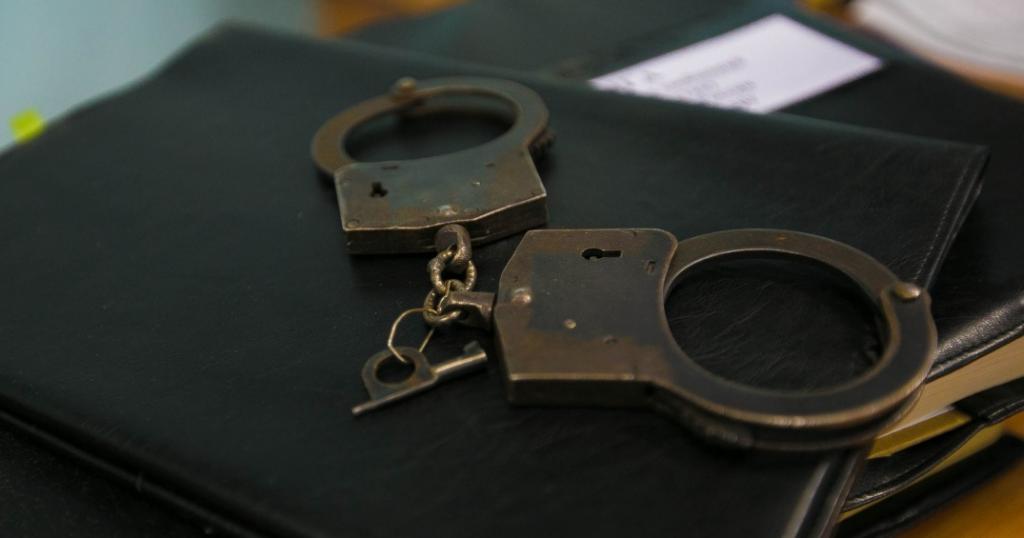The concept of personal identification is closely related to the complex of operational-search measures, which are carried out by the relevant competent structures. This event is one of the most common search measures.
Concept designation
The process of personal identification takes place as part of the operational-search measures. Such a procedure involves the identification of a person who is suspected of having committed a specific crime. At the same time, for the successful completion of the operation, all sorts of individual signs of the suspected person are taken into account.

Such an action is carried out behind the scenes, taking into account the necessary conditions for data protection and conspiracy.
Person Identification Steps
The process of identification is carried out using the following actions:
- Visual identification at the suspected suspect’s places of residence, in crowded areas, hidden from outsiders patrolling in the area of the possible appearance of the desired person.
- With the help of audio and video materials.
- By means of an image (a photo taken, work of a forensic artist, photobot).
- By smell (with the help of a search dog).
About search methods
All of the above methods have several advantages and disadvantages. Using visual methods of identification when identifying a person, it is possible to miscalculate with time, because at these minutes representatives of the detective service have very little. When searching by image, the possibility of identifying a possible offender by voice signs is excluded: intonation, voice, manner of conversation.
When identifying by means of audio materials, recognition by physical habits, gait and other manners becomes impossible. Also in this case, it is impossible to check for the presence of a number of signs that are accessible by visual means (tattoos, jewelry).

Based on the foregoing, we can conclude that these types of identification of a person have a synergistic effect and can significantly help the investigation comprehensively.
Conditions to be observed in the framework of operational search measures
The process of identifying a person can be implemented both in simple working conditions, and in specially created artificially by the detective service employees. In the first case, the crime scene, service areas, living conditions can serve as a field of activity. Artificial conditions can be created by operational staff, dog handlers, volunteers, forensic artists.
In the process of identifying a person in operational search activities, it is forbidden to exert influence on detective employees and create adverse conditions that may contribute to the emergence of serious risks in the implementation of work procedures. Also, actions that prevent the possibility of further procedural identification or impede the process of collecting evidence and evidence in the current case are not allowed.

The final or intermediate results of identification are documented by a certificate or report prepared by the operational service staff. These documents are accompanied by materials (audio, video, explanations of the identifying person), which serve as proof of the result.
Types of Identification
For the implementation of this type of work, corresponding related conditions are necessary.Operational identification of a person can exist in different variations due to various circumstances.
From the subject-practical point of view, depending on the type of conduct, there are two types of identification:
- Direct.
- Indirect
The first type of identification takes place through identification procedures involving two parties: a potential identifiable criminal and a presumptive witness. In this case, individual static permanent signs of the suspect (fingerprints, biological compositions of saliva and blood) and dynamic (gait, appearance, manners, facial expressions and gestures) can be used.

The indirect type of person identification is realized using a photobot, description, portrait, sculptural image formation, which is obtained by plastic reconstruction of the face through the skull.
Forms of
Various operational search measures are carried out both publicly and privately. But at the same time, only the secret identification of the person can be carried out with respect to the desired citizen. Parallel to this, an operational measure to identify a victim, an unidentified corpse or an eyewitness can be carried out in circumstances of absolute transparency for themselves and their families.
According to federal law, the place, date and specific time of the implementation of the operational activities of the identification of the person is not limited by any requirements. In the role of aids can be various technical and other subjects. Dogs that take a direct part in cynological sampling and investigation also belong to the funds.

The subjects of action mainly include an operative (for example, an employee of the service department for external surveillance), a special agent, or any other person who contributes to the successful promotion of a case of an operational-search nature. Also, various specialists may play the roles of additional participants: employees of a chemical or medical laboratory, employees of a technical unit, dog handlers, and specialists from research institutes.
The basic rules for the compilation of person identification results
About the event, in the vast majority of cases, a report is compiled. Also, the presentation of the results can be done in the form of a memorandum of reference, an explanatory note of the participant in the process of identification of the person, an agent’s description, and a summary.
The compiled final document describes in detail the circumstances, time and place of the operational-search process for identifying the person. The document also provides a list of signs by which the identification took place.
The report also includes materials that have become relevant for the resolution of the case, in the form of audio files, video materials, digital devices and other technical storage media.
Information intended to be sent to the criminal justice process must comply with the rules contained in the Instruction on the results of the ARD.
findings
Summarizing all the above, it should be noted that the basis of the processes of identification of the person is the assessment of the conformity of evidence to the assumptions of the operatives regarding the various persons who were involved in the investigation. Such evidence may include biological material, things, personal items.

In order for the representatives of the operative-search services to move forward further in the investigation, they are obliged to determine the presence of correspondences between these evidence and suspected individuals. Or the correspondence of evidence for the identification of a corpse, which in the modern world is not uncommon everywhere.
Performing such procedures, you should be attentive to detail, careful and analyze well.
